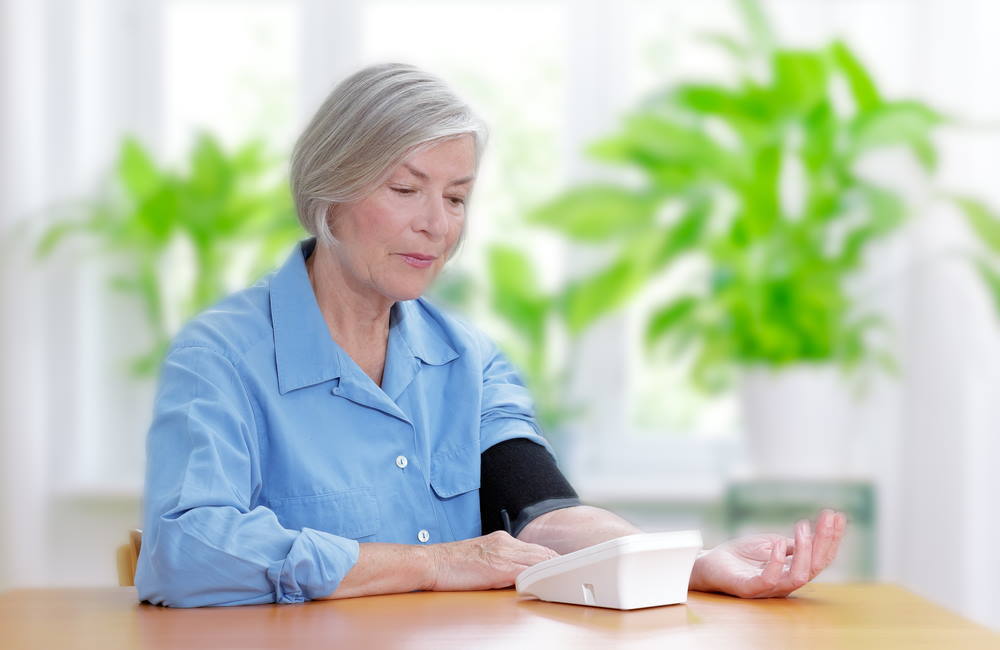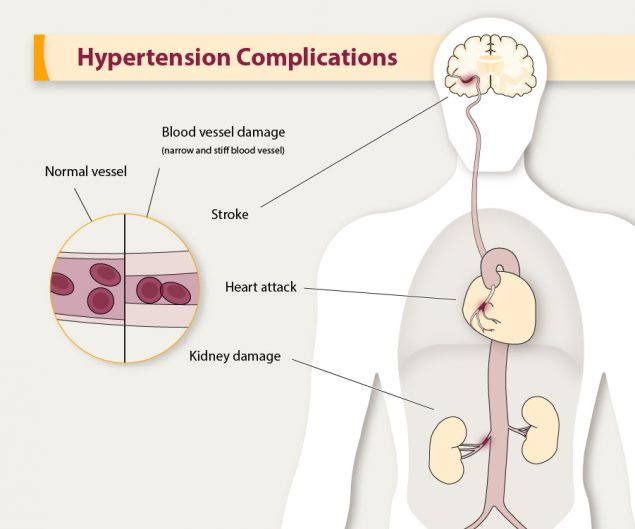
An estimated 75 million people live with high blood pressure, also known as hypertension. Most of them can fly with high blood pressure as long as they remember certain safety tips that reduce the risk of any issues while traveling by plane.
The symptoms of high blood pressure can worsen at high altitudes. For example, a person with hypertension might find it more difficult to breathe on a longer flight. However, having hypertension should not become a barrier to flying. Even longer flights are fine if people take the right precautions.
As with other medical conditions such as dementia or traumatic spinal cord injury, those who want to fly with high blood pressure can choose to travel with a flight nurse who provides in-flight medical care and ensures you arrive at your destination safely.
What is Hypertension?

The term “hypertension” or high blood pressure refers to a condition where the long-term force of blood against artery walls is so high that it can lead to health problems. Most people are familiar with getting their blood pressure readings done at the doctor’s office.
Blood pressure machines provide two numbers. The top number is systolic pressure that measures pressure in the arteries when your heart beats. The bottom number is diastolic pressure that measures pressure in arteries between heartbeats.
In general, doctors consider a consistent reading of 140/90 or higher as hypertension. A normal level is generally between 90/60 and 120/80. These can vary depending on the person.
Safety Tips for Flying With High Blood Pressure
When you fly with high blood pressure, you should not worry too much about the health risks, which in itself can drive up your blood pressure! While you should always consult your physician about any concerns, most people with hypertension are perfectly safe to fly.
As Dr. Neal Chaisson with the Cleveland Clinic writes, “There’s virtually no problem with these patients traveling on a cruise, by air or even overseas.” The main issue is to stay with your medication schedule through the trip.
The doctor advises those with hypertension to carry a card that states they have pulmonary hypertension and also has their pharmacy’s number in case they lose their medication. The pharmacist should be able to help arrange a prescription refill at a nearby location. Also, make sure to bring medication in a carry-on bag, do not place it in checked baggage.
Flying with Oxygen & Medications
The following tips address things people can do during their flight.
- Stand up and move around when possible every two hours or so on longer flights
- Avoid salty snacks that can drive up blood pressure
- Sit in a way that allows for the best blood flow – do not cross your legs
- Avoid alcohol
- Take an ice pack on board to place on any areas where you begin to feel swelling, such as ankles
These tips can help avoid or relieve any symptoms you feel when you fly with high blood pressure. You also can contact a RN Flight Coordinator to find out more about how they can help you fly safely if you have hypertension.